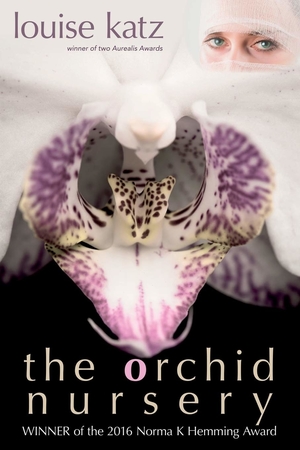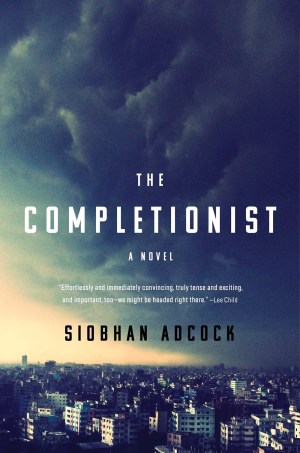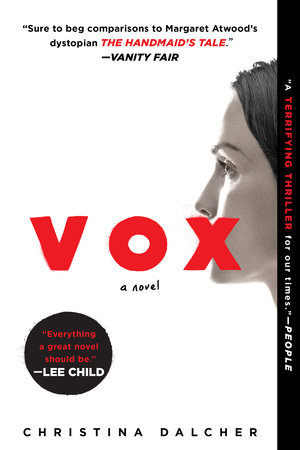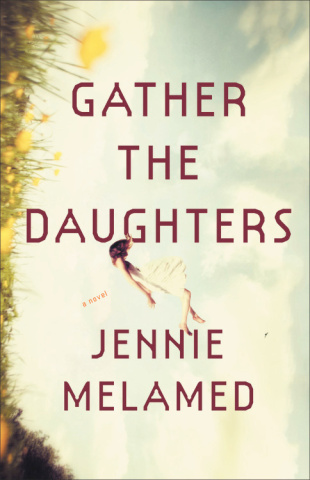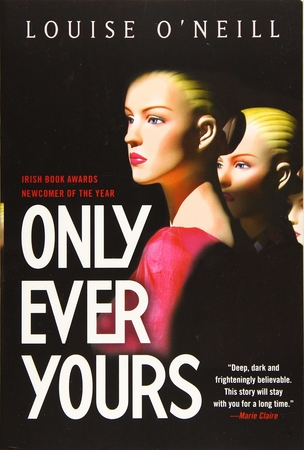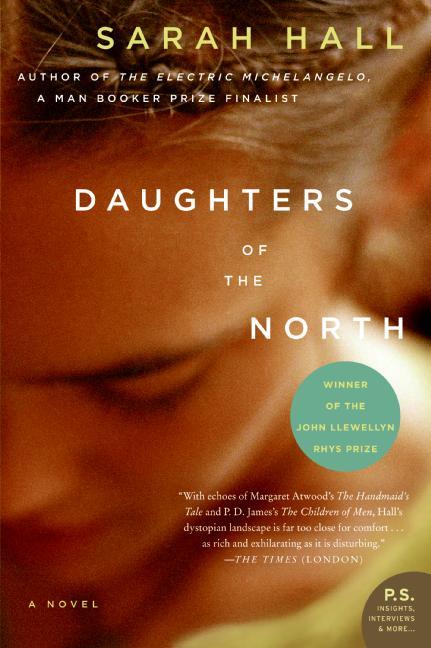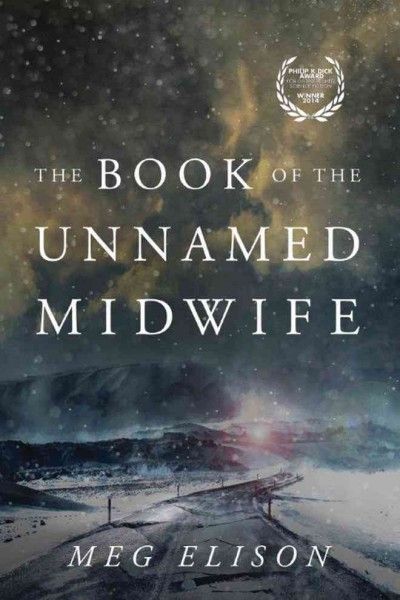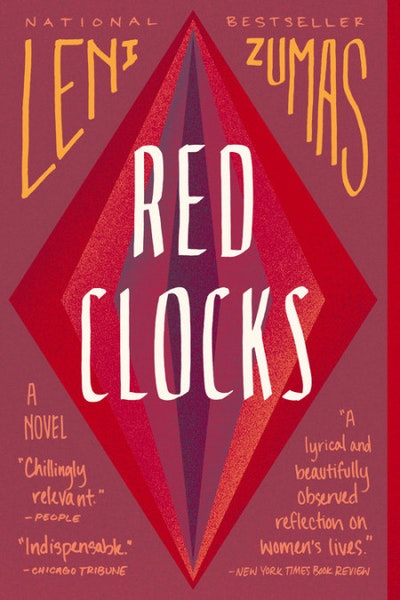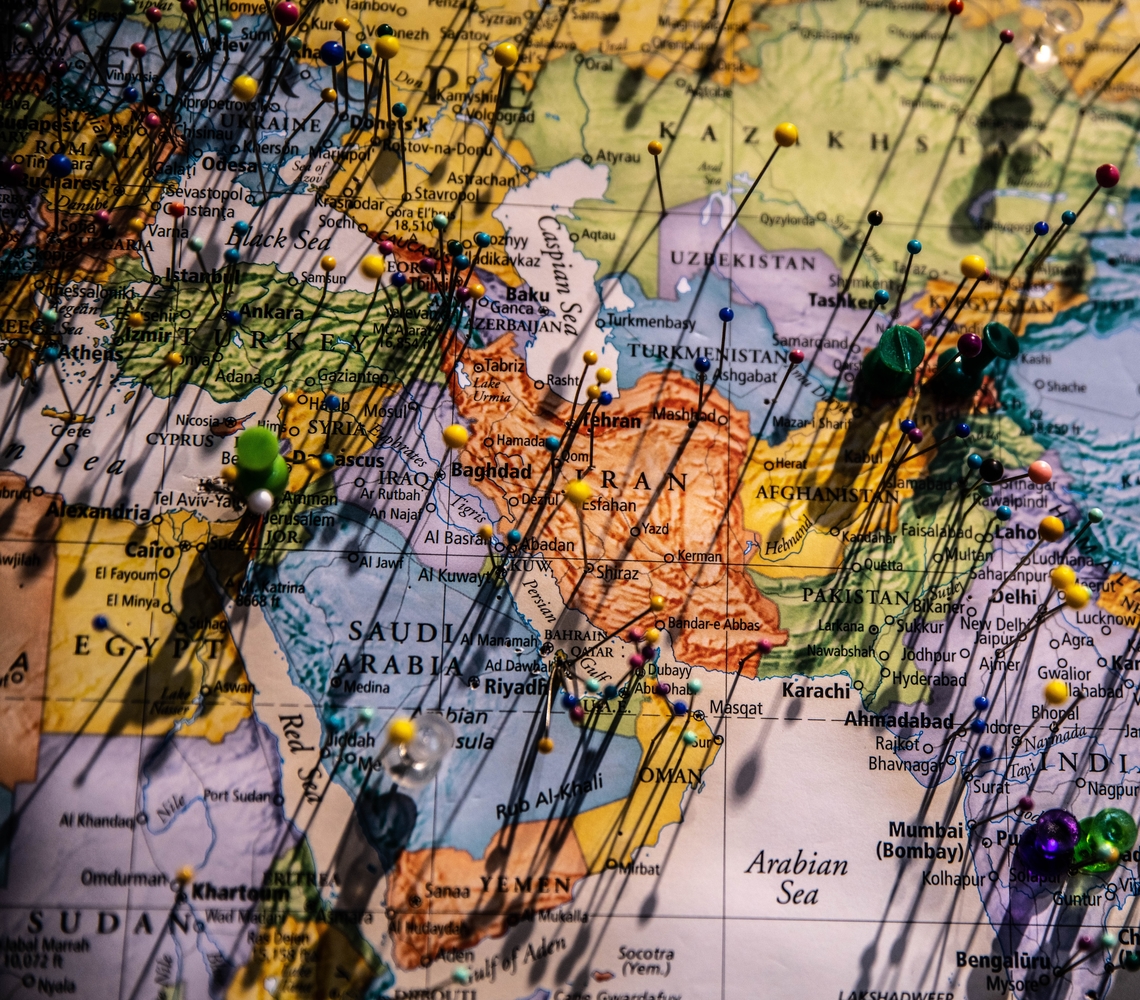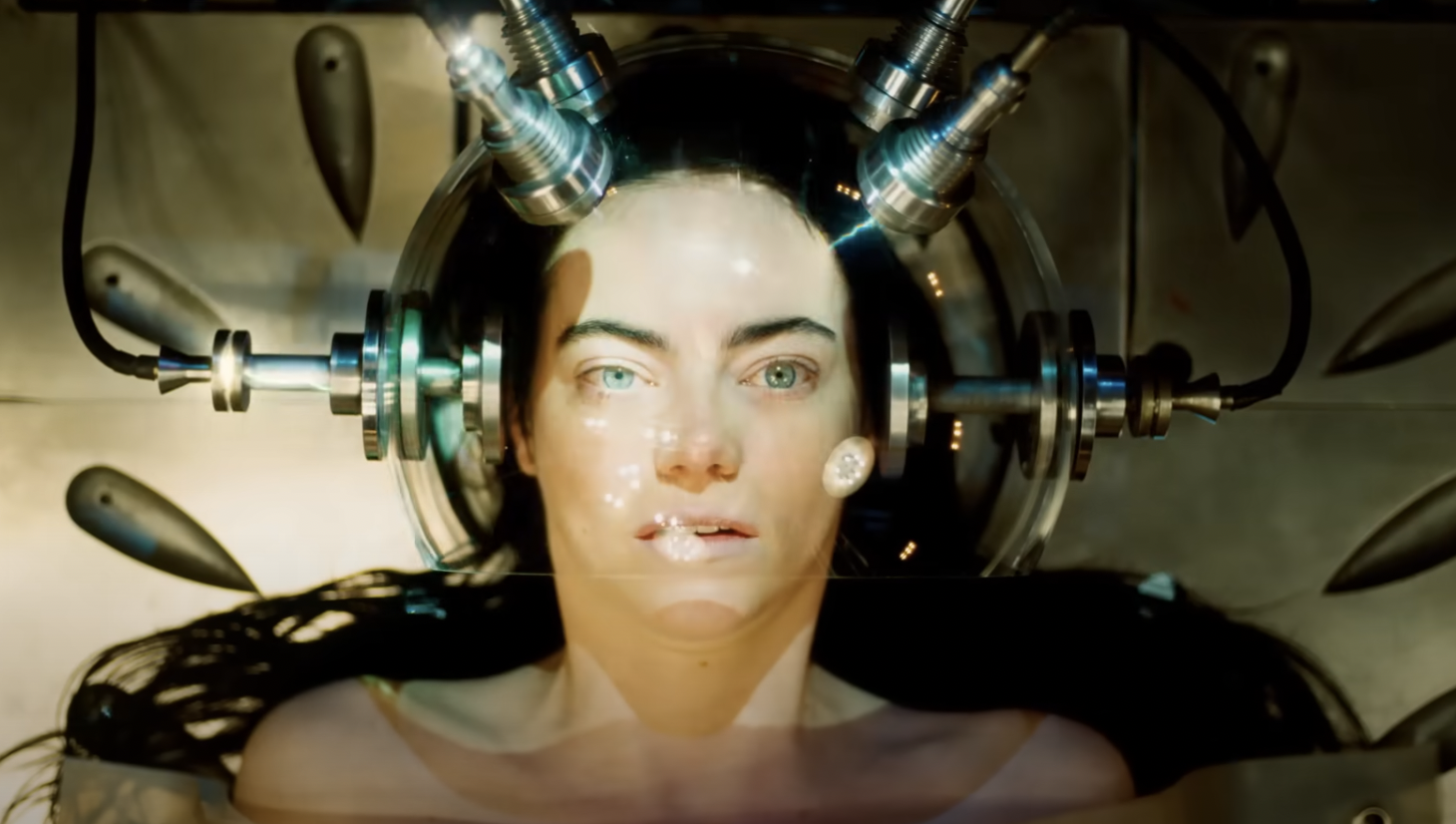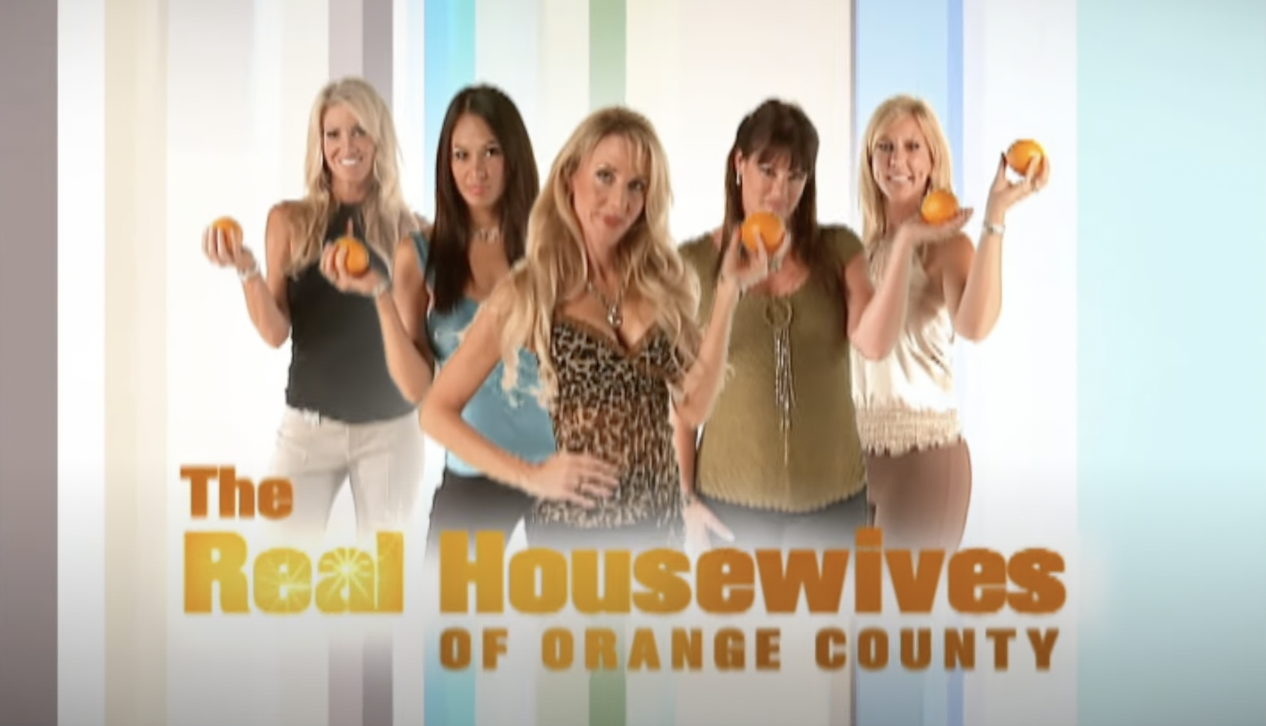Reading Lists
Misogynistic Dystopias, Ranked By How Likely They Are in Real Life
We’re definitely hurtling towards a horrifying woman-hating future, but which one?
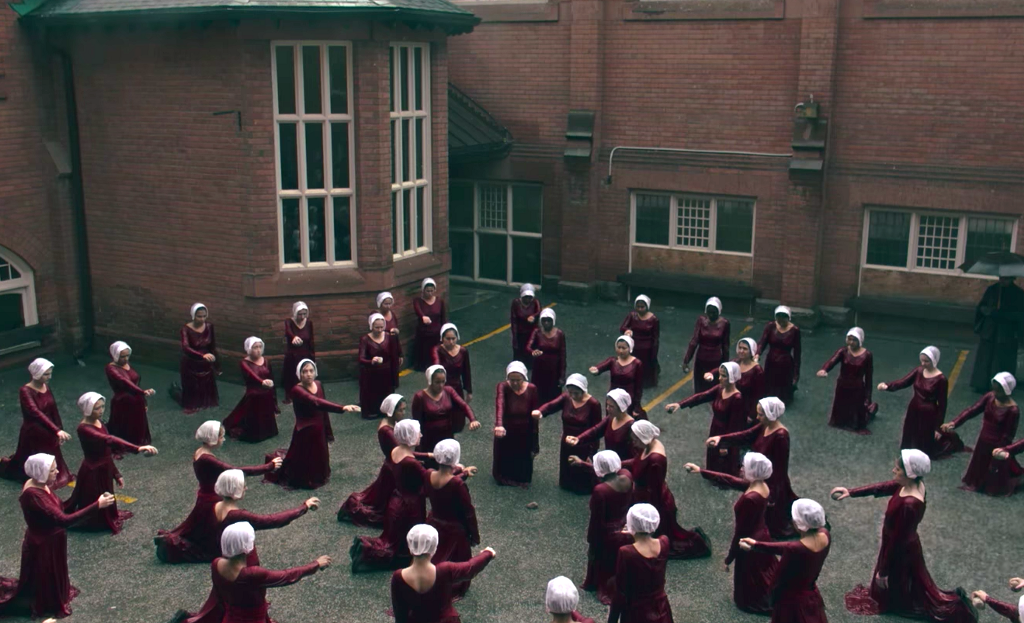
Between the corrupt president’s Supreme Court pick promising to topple Roe v. Wade, the expanded “global gag rule” that prevents international NGOs from disseminating information about abortion, and the constant attacks on Planned Parenthood, it can be easy to feel like we’re living in a misogynistic dystopia straight out of science fiction. We’re not, of course—we’re living in a misogynistic dystopia straight out of reality! But we’ve got plenty of fictional models for where it might go next, if things really get out of hand. What we don’t know, yet, is which one is most prophetic. Which grim woman-hating future is the one most likely to make the move from fiction to fact?
Before we begin, a brief explanation of the two terms. Misogyny, according to the OED, dates from the 17th century, and is the “Dislike of, contempt for, or ingrained prejudice against women.” Dystopia, according to the OED, is “An imagined state or society in which there is great suffering or injustice, typically one that is totalitarian or post-apocalyptic, and comes to us in the 18th century. Because of course we imagined a word for hating women before we imagined a word for a world gone wrong.
So what do you get when you combine the two? Misogynistic dystopia is an imagined state in which the defining injustice is inspired by hate for women. Stories like this have been popular lately—perhaps because it’s comforting to know it could be worse, perhaps because it’s galvanizing to know what might be next. Here are ten recent misogynistic dystopias, ranked according to how likely they are to come true. (We’ve left off The Handmaid’s Tale because it’s more than 30 years old and so much ink has been spilled about it already, but lest you forget: every aspect of Gilead in the book is based on something that has already happened, somewhere in the world.)

10. The Core of the Sun by Johanna Sinisalo
What happens in a future Finnish welfare state, where social stability is the most important thing? In the Eusistocratic Republic of Finland, women with brains are being genetically phased out, while the genetically modified sub-species of women called eloi are being phased in. These eloi women are submissive, intellectually non-existent vessels for sex and reproduction. Women with brains — dubbed morlocks — are tasked with menial forms of labor and “sanitized” to eradicate intellectual women from the country. A story about women’s rights, addiction, and patriarchal regimes that’s braided together from fictional folk songs, homework assignments, scripts, and advertisements (including a real Finnish magazine article from 1935), this one lives up to its description as “Finnish weird.” The morlock/eloi setup seems like something out of an incel wet dream, but those guys are probably not going to wind up in charge, and other aspects of the book (the big illegal stimulant is chili peppers?) push it further out of the realm of likelihood. Anyway, if it did happen, it would probably be in the U.S., not Finland.
9. The Orchid Nursery by Louise Katz
In The Orchid Nursery, boys are named after royalty and girls are named after dirt, rocks, and minerals. The girls are raised in dorm-like co-living spaces under the rule of a kind of den mother, who indoctrinates them with a misogynist scripture preaching purity, perfection, and submission. To be “Perfected” as a womanidol in the Orchid Nursery is the greatest achievement. The misogynistic dystopia in The Orchid Nursery examines how religious zealotry can be adopted in the service of domination, violence and the obliteration of diversity. That part sounds pretty realistic! But the book envisions a whole new religious system for female oppression, when the ones we’ve already got would probably do the trick just fine.
8. Future Home of the Living God by Louise Erdrich
A lot of misogynistic dystopias focus on restricting women’s reproductive rights. In a misogynistic dystopia, women are only important in so far as they can do something for men, which often means making babies. In Future Home of the Living God evolution is happening in reverse: birth rates have plummeted, and the women who carry to term are dying in childbirth or delivering babies with severe, atavistic birth defects. Naturally, it’s seen as women’s fault, and naturally, the government has a violent solution. The part with the government wanting to force women to get pregnant and give birth is barely fiction, but the “reverse evolution” thing is pretty far-fetched (widespread birth defects maybe, but probably not ones that across the board seem to be returning the species to an earlier form of hominid). They’ll have to find another excuse.
7. The Completionist by Siobhan Adcock
In the future, infertility rates soar. The solution? Blame women, then zap their agency — take them out of the workforce, and regulate child-rearing with standards that are impossible to achieve without the assistance (read: monitoring) of a Nurse Completionist. Rising infertility is pretty plausible, blaming women and using it as an excuse to restrict their freedom (reproductive and otherwise) is extremely plausible. But the government investing in a whole subset of health care? Nah, we don’t see it happening.
6. Vox by Christina Dalcher
In a United States where the character limits of Twitter take on real-life dimensions, women are no longer allowed to speak more than 100 words per day. Shortly after the decree takes hold, women are no longer allowed to hold jobs, and girls are not taught how to read or write. Vox hits hard on the idea that you should speak up while you have a chance, but how likely is this 100-words-a-day regime? Well, a lot of the men in charge do think women should be seen and not heard, but the challenges of outfitting an entire population with Fitbit-style bracelets that both count words (how?) and give them electric shocks when they run out just boggles the mind. A very plausible misogynistic fantasy, but not a likely future.
My Life in the New Republic of Gilead
5. Gather the Daughters by Jennie Melamed
In the face of oncoming destruction, ten men escape to colonize a nearby island, building a society founded on ancestor worship and breeding where history is censored and knowledge regulated. The sons of the ten men — deemed the Wanderers — are allowed to go back to where they came from, in order to scavenge the wasteland for valuable resources. The daughters of the ten men are groomed for marriage. The “Season of Fruition” is the only time women matter — again, because they are vessels for the production of future men. When the “Season” ends, and they are no longer fertile, the women are killed off. This one moves up a few spaces because of the small size of its dystopian community; while we don’t see, say, the United States summarily murdering women who are too old to reproduce, it’s a lot more believable in a cult situation.
4. Only Ever Yours by Louise O’Neill
You have three choices for a school major and life plan: companion, concubine, or chastity. As a companion, you will be a submissive wife to a man your age. Become a concubine, and you will service men sexually for the rest of your life. Choose chastity, and you will teach the next generation of girls to make the same choices. But of course, these are not choices you get to make, these are choices made for you. To be a companion is rare and desired — only the top ten of every class are chosen—so you have to look the part. There are mirrors everywhere. Your body is everything. This is the setting for Louisse O’Neill’s novel, which she wrote after leaving a job at Elle magazine, where she witnessed the daily commodification of women’s bodies. In other words, this is only a lightly exaggerated version of the world we live in already.
3. Daughters of the North by Sarah Hall
As the debate over the 2020 Census citizenship question continues, this one makes it pretty high up on the list. Severe environmental degradation and economic collapse in near-future England coupled with the results of a census have given the powerful few permission to oppress the many in service of the “common good.” Citizens have been corralled into urban centers and reproduction is now fully regulated by the state. Women are chosen to give birth, according to a lottery, and those who aren’t are forcibly fitted with IUDs. Yes, it’s all a bit extreme compared to what anyone’s currently proposing, but the environmental and economic devastation are plausible verging on inevitable.
2. The Book of the Unnamed Midwife by Meg Elison
A plague has swept the country and the odds aren’t good — 10 men for every woman left alive. Pregnancy is fatal for all infants and most women, making women even more vulnerable to the consequences of the fever years after the first fever swept through the country. The protagonist — who goes by Karen, Dusty, or Jane — is a bisexual former nurse and midwife traveling under disguise as a man, from San Francisco across the western US to administer birth control to women. If you’re wondering how a post-apocalyptic novel made it so high up the list, read this Slate article on the correlation between Zika, reproductive rights in El Salvador, and this exact book.
1. Red Clocks by Leni Zumas
In Red Clocks, a Personhood Amendment—a real piece of legislation really passed by some states, proposed in others, and routinely introduced in Congress—has become law at a national level. The fetus now has the right to life, liberty, and property. Abortion and in vitro fertilization are both illegal, and single parents are soon to be disallowed from adoption. In the small town in Oregon, five women deal with the consequences of being reduced to a uterus. (Spoiler: being reduced to a uterus sucks.) This book is horrifyingly plausible: no made-up oppressive theocracy, just the one we’ve already got, succeeding in goals it’s been nakedly pursuing for decades. It’s not just the most likely dystopia to happen—it practically already has.




